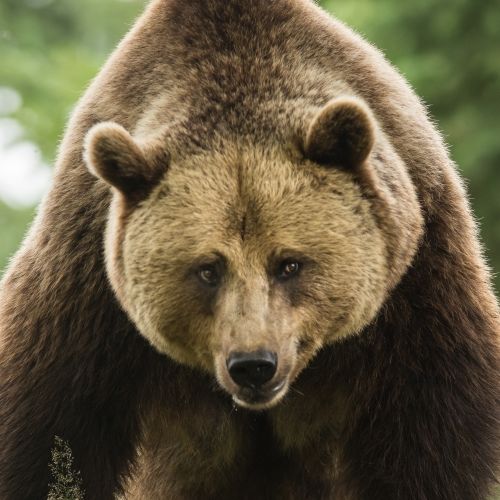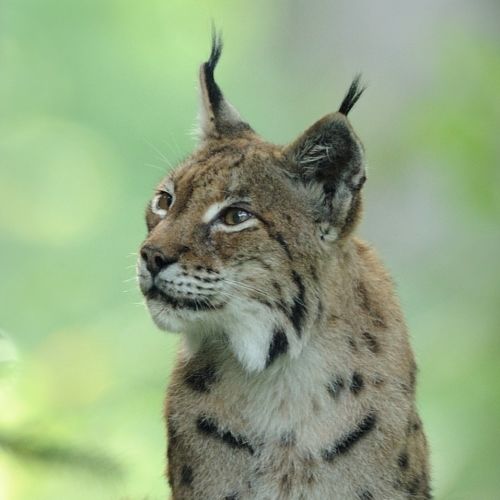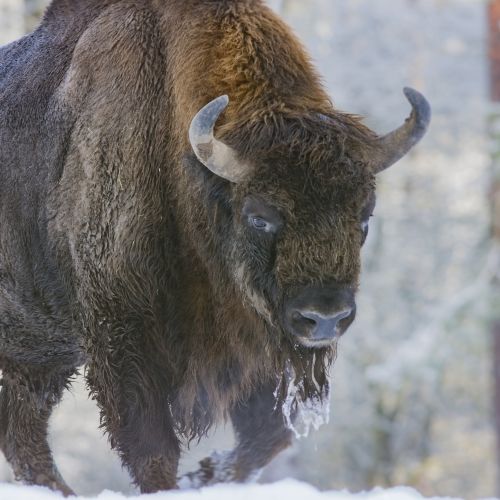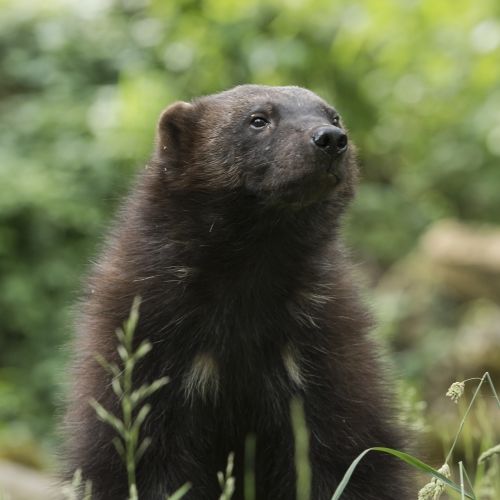The Arctic fox
The dark brown earth mingles with the pine needles that seem to have rained down on the forest floor. The air is fragrant with woodland scents that fill the clearing. Dotted with rocks, the clearing looks out over a vast, extraordinary landscape. Lying on a gnarled tree trunk that is so twisted it looks like a giant braid, the animal is resting, basking in the sun. Suddenly, it jumps up, yelps and happily trots away. Its lush fur is a joy to behold. To glimpse an Arctic fox is a rare privilege.

The fox of the Far North
The Arctic fox is a cousin of the red fox, but has a thicker, denser fur. Thanks to its fur, the Arctic fox is adapted to cold environments, but the fur also protects it from the summer heat. It can survive frigid temperatures as low as -50°C. When sleeping, the Arctic fox wraps its long furry tail around its body; it has foot pads that are covered in fur. Arctic foxes have seasonal camouflage, and their fur changes colour to match the seasons.
The Arctic fox is known for its endurance and is capable of crossing several hundreds of kilometres in order to find food. They are cunning animals; some foxes will even follow the area’s alpha predator, such as the polar bear, in order to feed off their leftovers. The Arctic fox has been bred and hunted for its magnificent fur. Nowadays, it is mainly threatened by global warming. This reduces its habitat but also encourages the red fox - a natural predator of the Arctic fox and its prey - to migrate towards the Nordic countries.
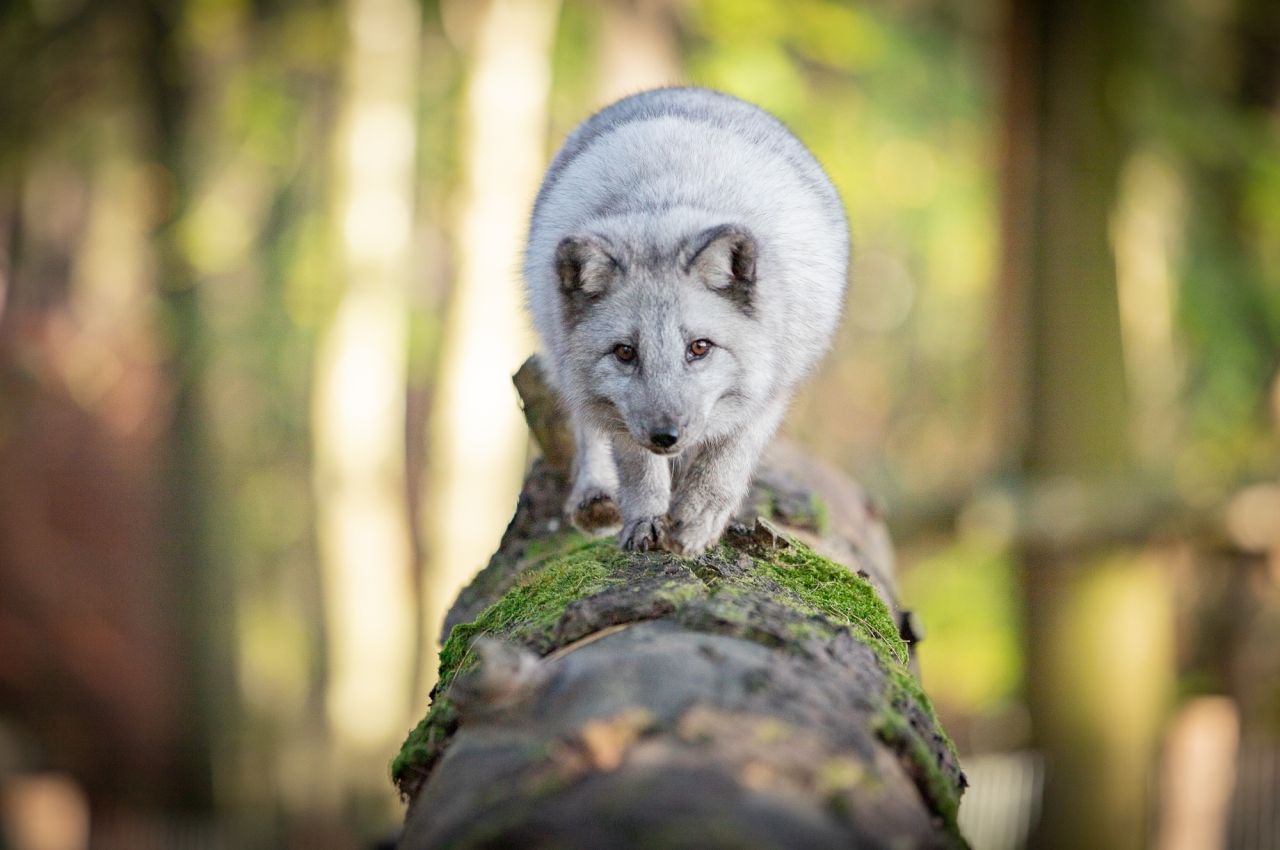
Social life
The Arctic fox lives in family groups on a well-defined territory. Its breeding period starts around March-April, and monogamous couples are formed for the occasion. The cubs are born around the end of May-early June. They are blind at birth and will open their eyes after a dozen days. The cubs are raised by both the male and the female.
Did you know that?
The Arctic fox has a varied diet, but is nonetheless predominantly a carnivore. It will eat: rodents (lemmings), birds, eggs, berries and sometimes carrion (what remains of seals left behind by polar bears, beached cetaceans…).
The Arctic fox digs out a den that can sometimes form a veritable underground maze.
The female can birth to up to 11 fox cubs. It’s one of the largest litters in the world for wild mammals !

Discover the European Big 5
The bison, the wolverine, the wolf, the lynx and the brown bear
